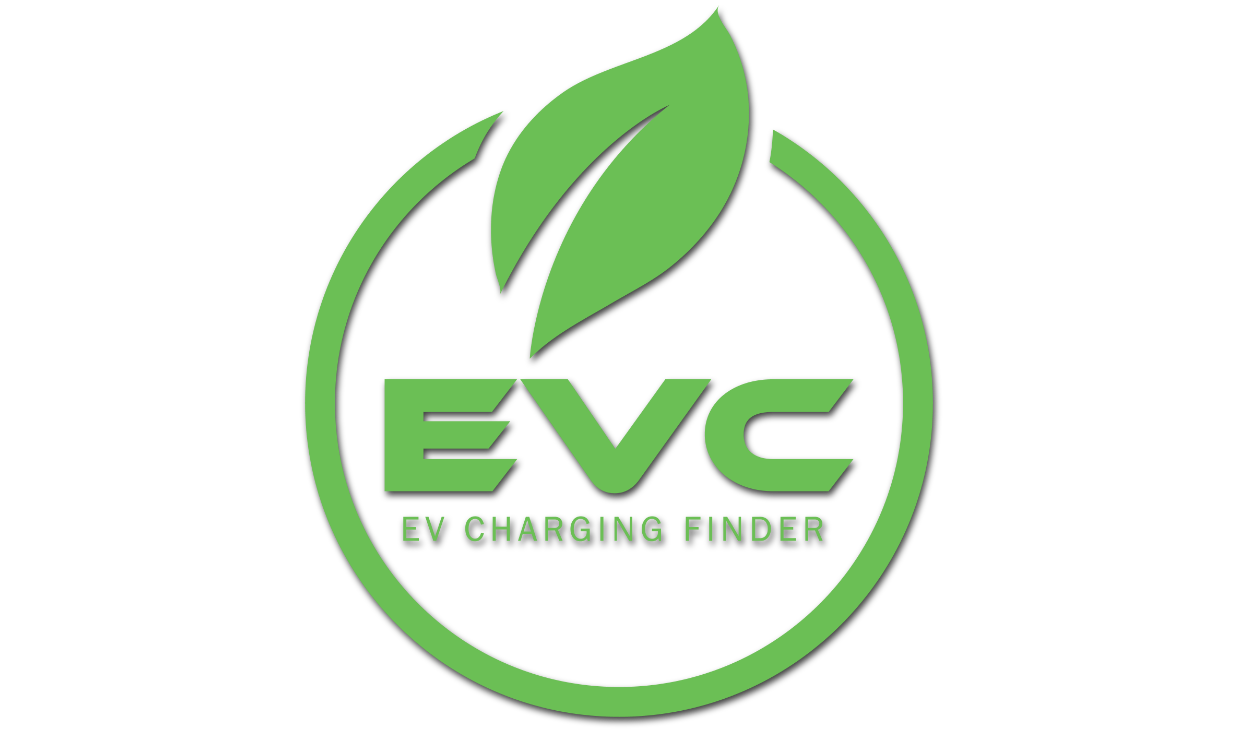EV Charging Station Finder
As a UX/UI Designer for the EV charging station finder app in Jamaica, my role was to ensure that the app provided an optimal user experience, from the moment a user downloads the app to the point where they locate and charge their EV.
The Problem
Electric vehicle (EV) drivers face the challenge of finding reliable and convenient charging stations that are compatible with their car’s make and model.
The Goal
The EV Charging Station Finder App aims to address these issues by providing users with a comprehensive and user-friendly platform to quickly and easily locate charging stations.
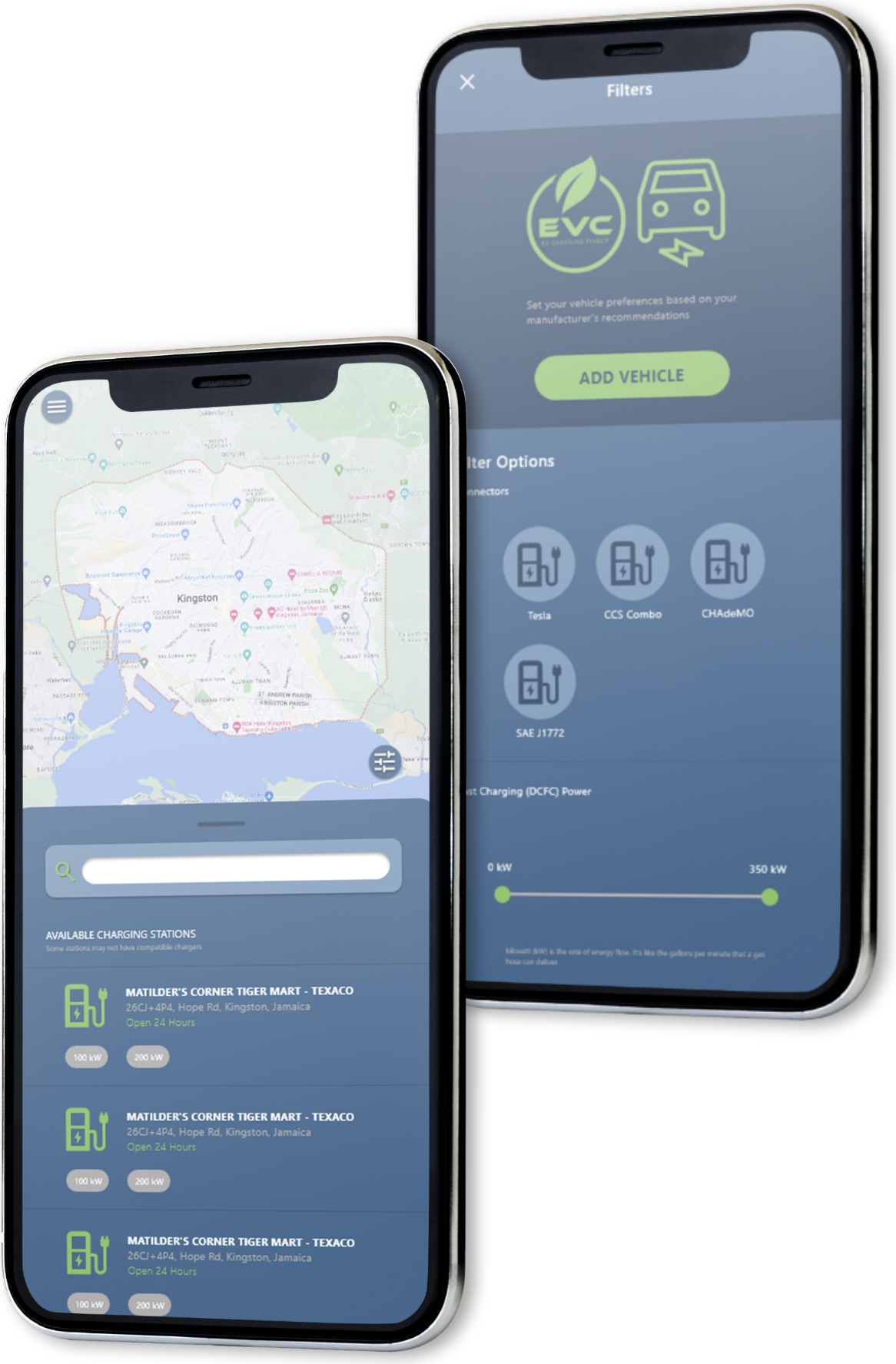
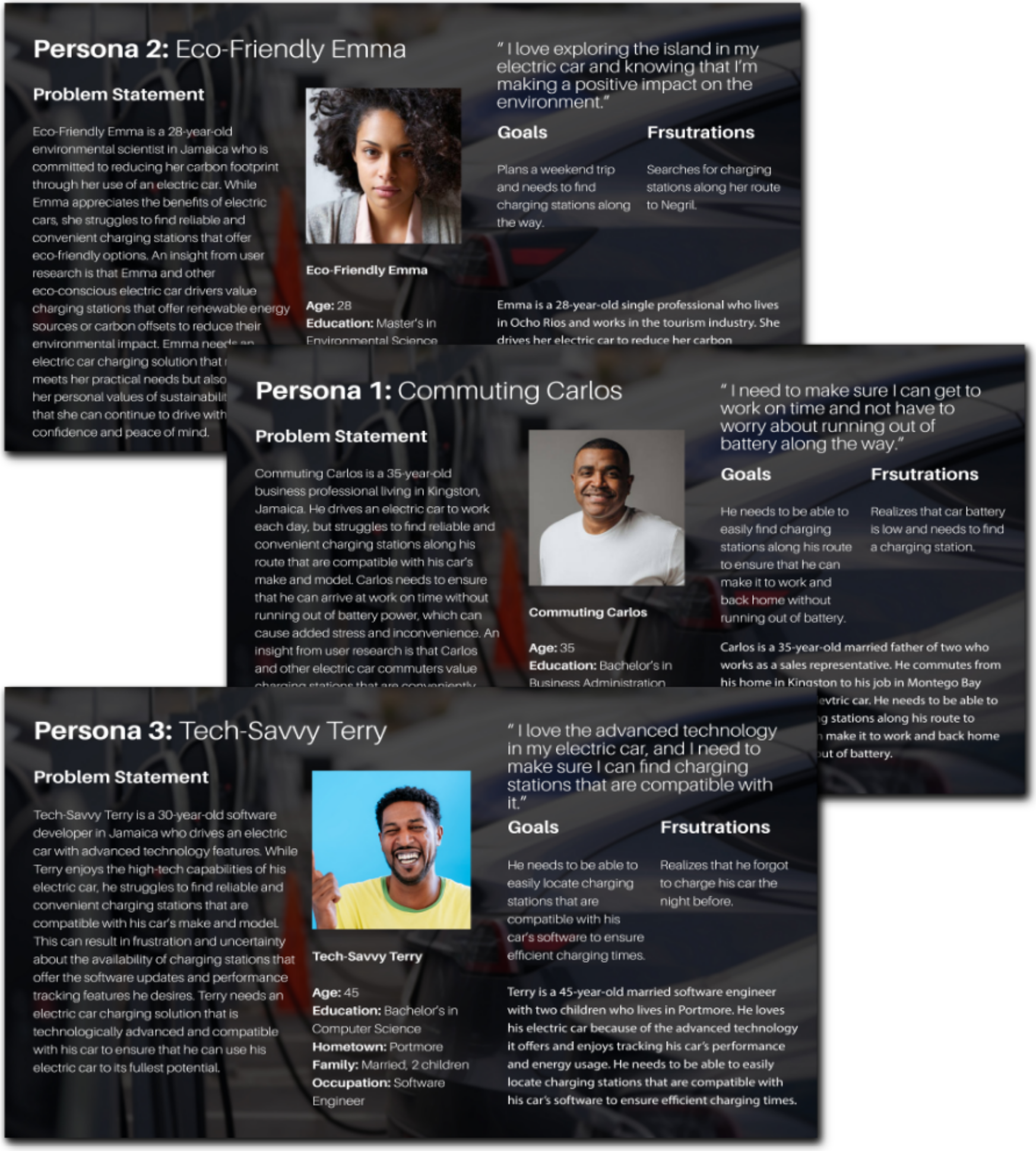
User Research Summary
Research included user interviews and surveys to gather data on user behaviors, pain points, and preferences. Users value convenience and affordability more than speed, and that many prefer charging stations that are located near common destinations or offer amenities like restrooms or restaurants.
Ideation Process
Prior to the research, assumptions were made that users prioritized fast-charging times over other factors, such as cost and location.
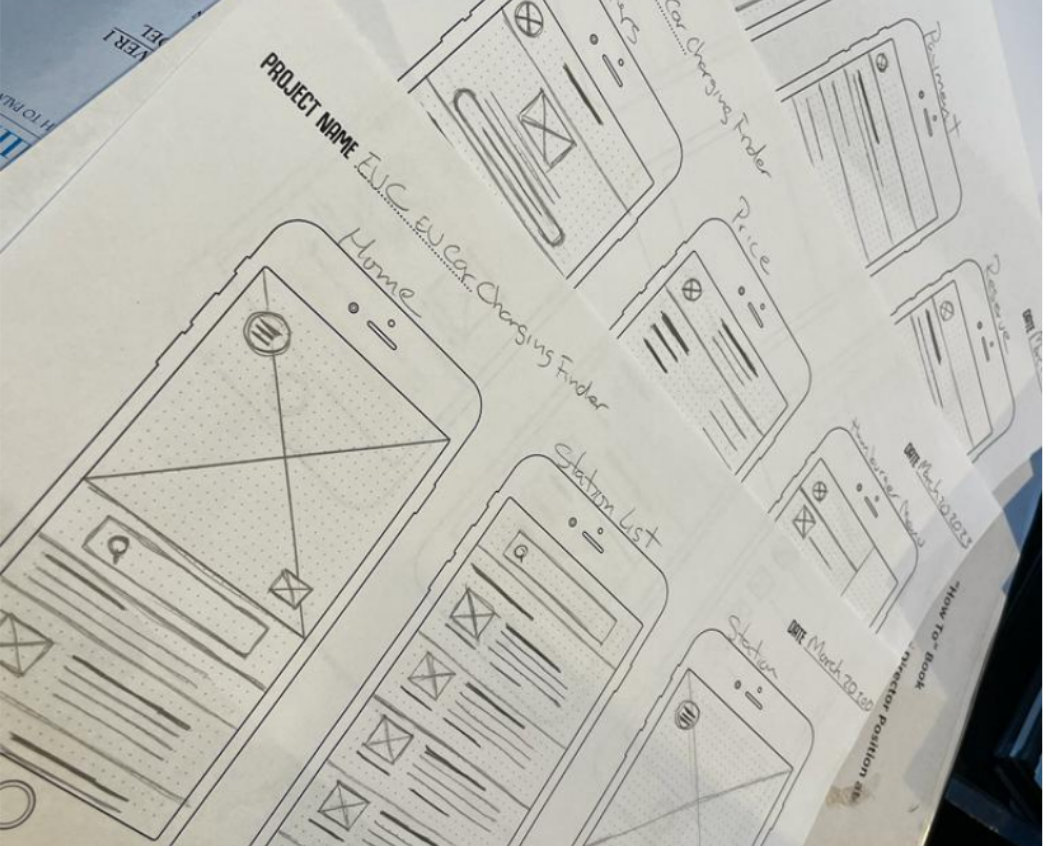
Digital Wireframes
Through extensive research and user analysis, the app was designed to address common pain points and challenges faced by electric vehicle drivers, such as a lack of real-time information on charging station availability and compatibility.
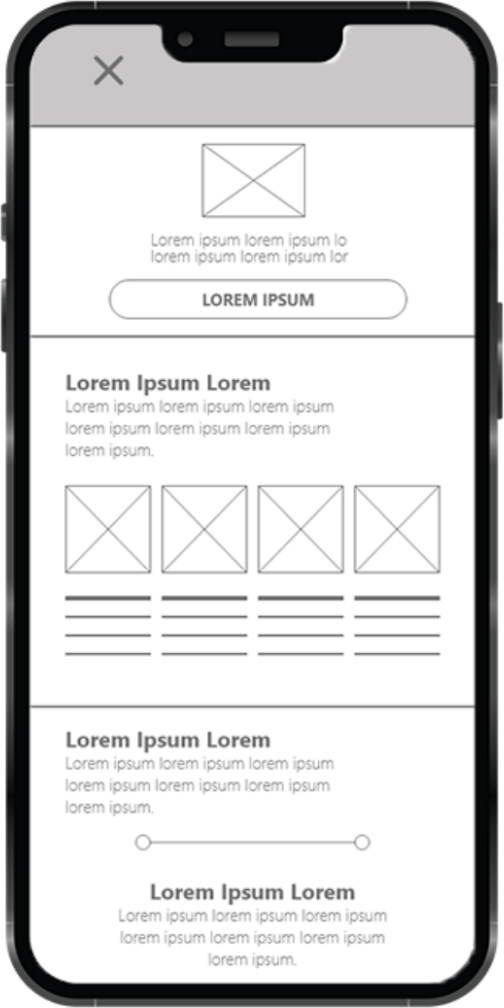
Low-Fidelity Prototype
The user flow for the EV Charger Finder App begins with the user opening the app and being presented with a map of their current location and nearby charging stations.
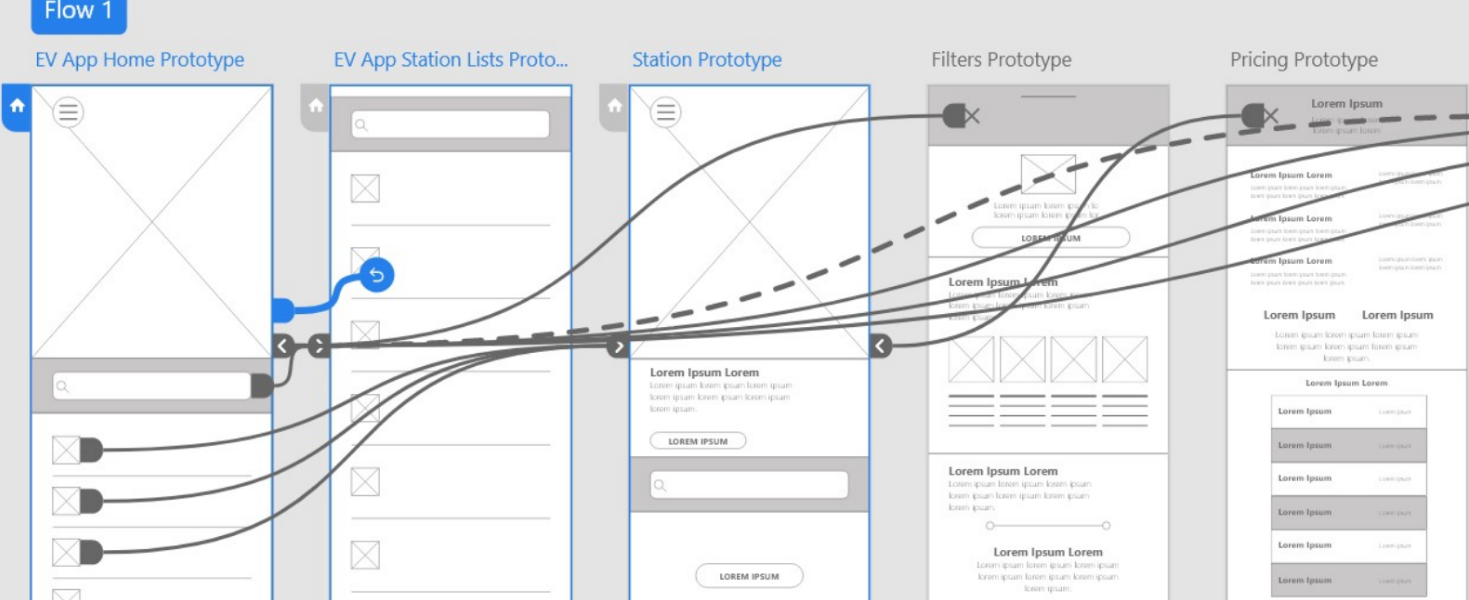
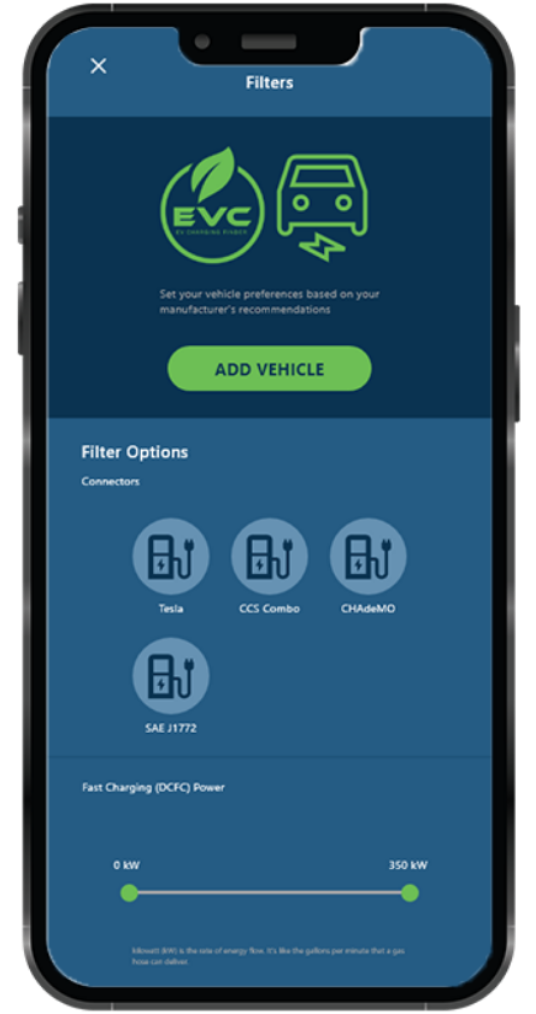
Usability Study: Parameters
Study Type:
Unmoderated usability study
Participants:
5 Participants
Location:
Jamaica, Remote
Length:
30-60 minutes
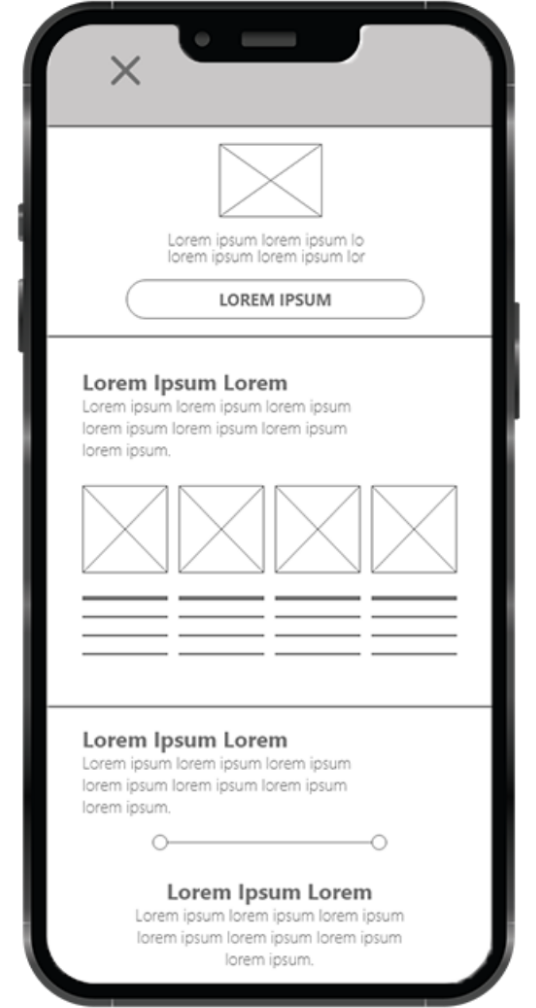
Usability Study: Findings
Prices:
Users want to be able to see the prices prior to arrival
Availability:
They wanted to be able to know when charging stations were available before they arrived.
Compatibility:
Users wanted to know about charger compatibility with there cars.
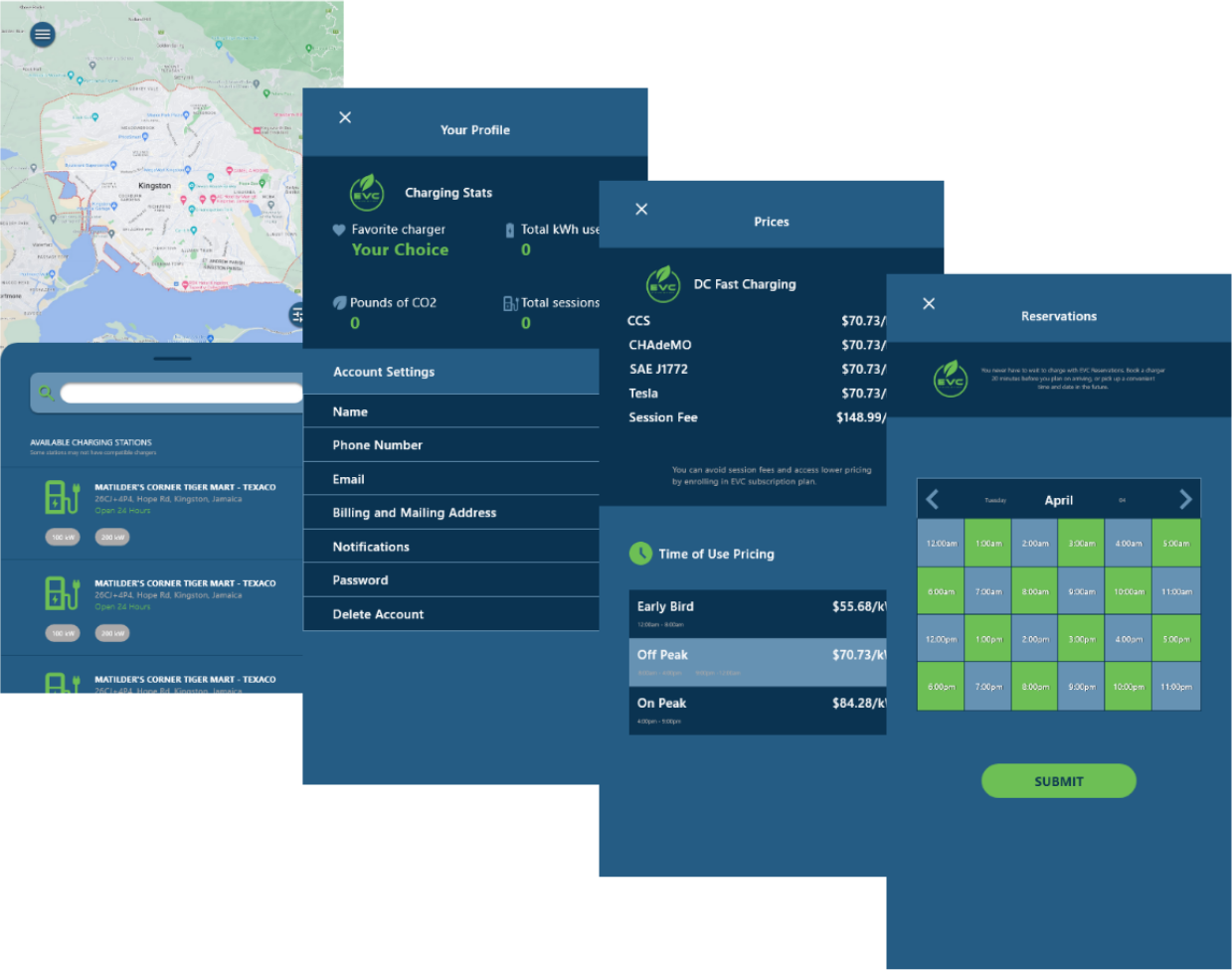
High-Fidelity Prototype
The high-fidelity prototype followed the same user flow as the low-fidelity prototype. Including changes made after the usability study.
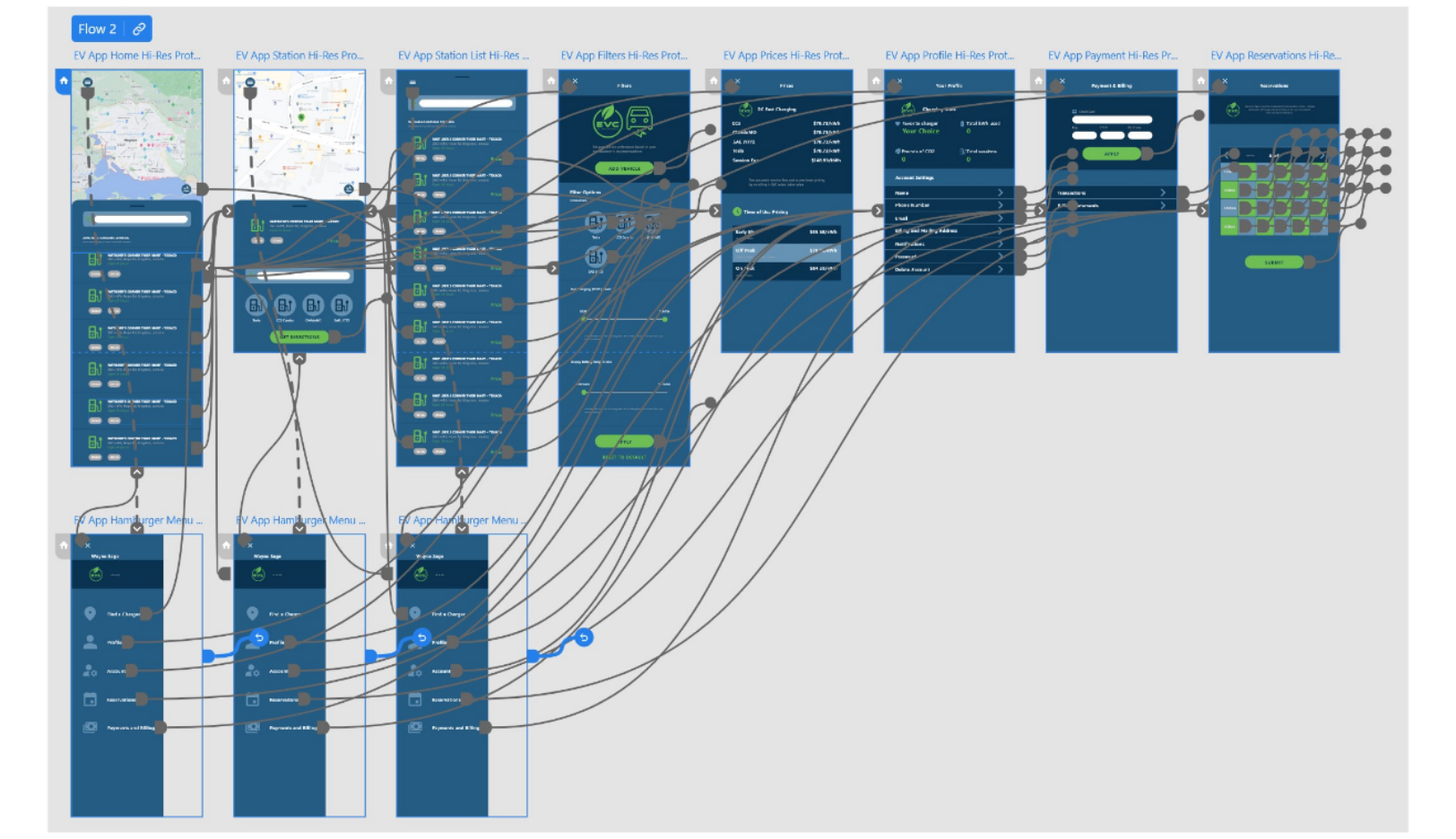
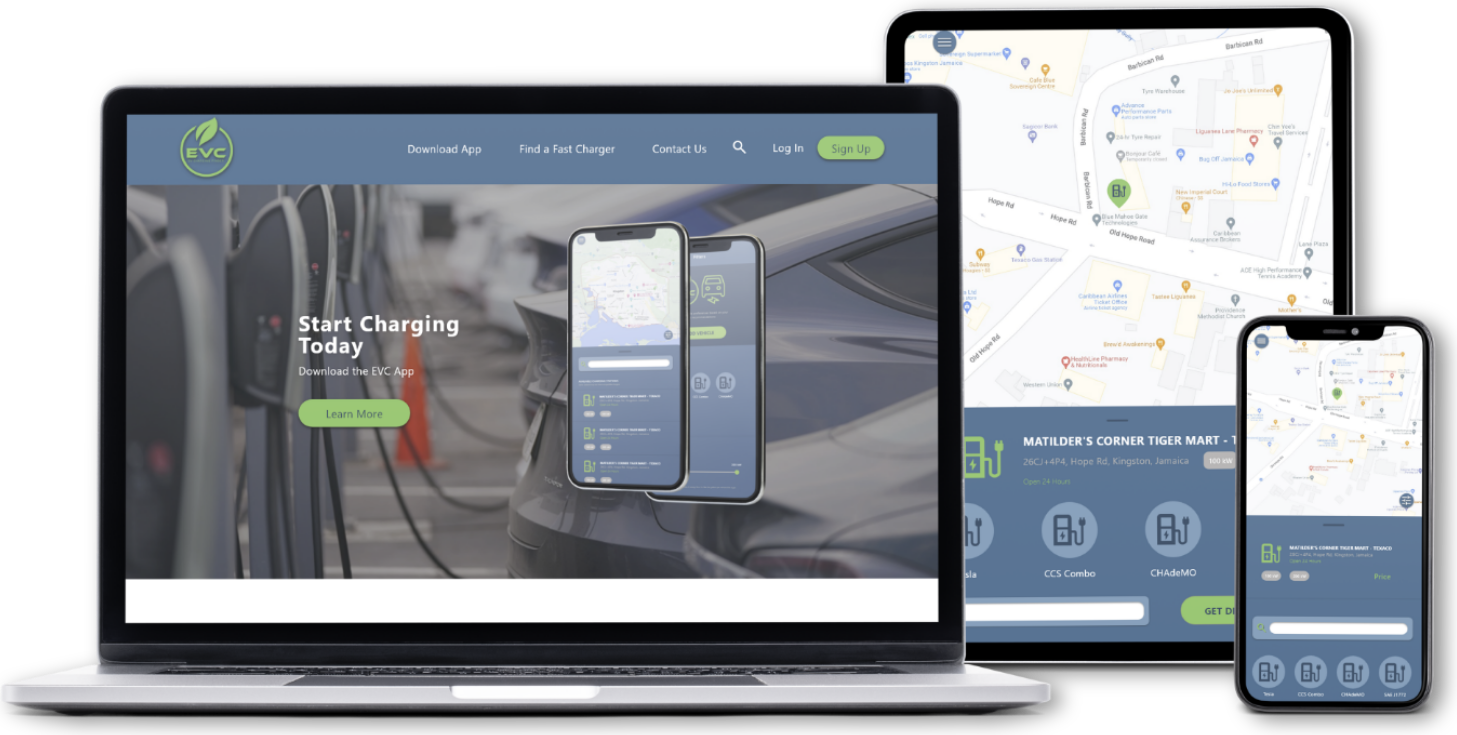
Responsive Design
The designs for screen size variation included mobile, tablet and companion website. I optimized the designs to fit specific needs of each device and screen size.
Impact
Users shared that the app made a difference in their day to day activities. They find it easier to operate their EV’s without worrying about charging and helps them make an impact on the environment.
What I Learned
Developing a user-friendly and effective app requires a deep understanding of the target user group’s needs and preferences, as well as a willingness to incorporate feedback and make adjustments as necessary.
